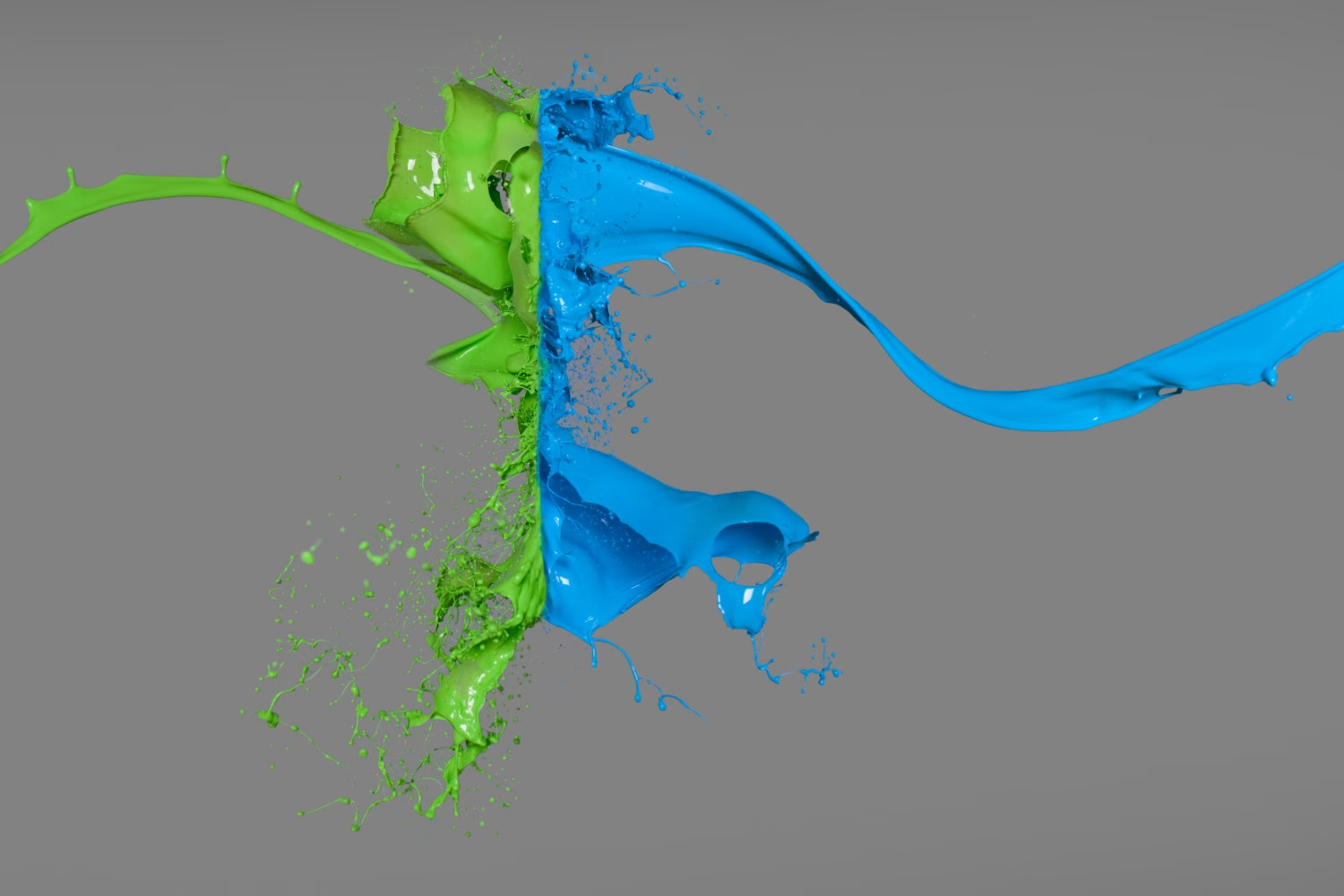Measuring the Impact of Brand on Demand — Mission Impossible?

Share this story
In today’s fiercely competitive B2B market landscape, businesses must balance brand awareness and demand generation. However, according to the Demand Gen Report’s 2024 Marketing Measurement & Attribution Benchmark Survey, this balance is highly skewed — 44% of organizations invest a staggering 80% of their resources in demand generation, with a mere 20% directed toward brand-building. The ideal balance, however, is closer to a 50-50 split, according to LinkedIn.
Why is there such disparity? The answer lies in the inherent difficulty of brand measurement itself.
Marketers often struggle to explain why brand marketing is important and how to tell if they are raising brand awareness. Unlike demand marketing, the impact of brand awareness efforts is not always immediately clear. So, linking brand and demand marketing feels like a step too far.
Looking more closely at the survey, we see that investing in a brand can significantly increase efforts to generate demand. A quarter of survey participants said their brand awareness campaigns increased their demand-generation efforts by 25% to 50%. The problem, however, continues to revolve around the challenging task of direct attribution, as stated by 58% of respondents.
Approaches to Measuring Brand Awareness and Demand
So, how can we measure the impact of brand awareness on B2B demand generation?
Striving for 100% traceable activity is excellent, but it’s essential to realize that you may not reach that goal.
A brand’s multifaceted nature and long-term contributions to demand generation necessitate a broader, more nuanced approach. Embracing a combination of quantitative and qualitative measures will offer a more comprehensive understanding and foster sustainable growth.
Analyze Signals from Digital Measurement Metrics
Begin by identifying metrics that display overall branded activities, which may already be in your reports. These metrics could include branded search volume, or search traffic for a specific product or service-related term. As your brand, product and campaign-specific ads penetrate the market, you should see increases in these metrics, which will, in turn, offer valuable insights into your brand’s performance within the digital landscape.
Set goals and track progress monthly and quarterly. Look for patterns and use data to make smart decisions. Consistent tracking is crucial for identifying patterns and adjusting strategies accordingly.
Draw Insights from Brand Studies and Share of Voice
If your budget allows, consider conducting annual brand studies. These studies are among the most effective ways to assess the impact of brand activities.
They can examine factors such as brand awareness, target-audience perceptions of products or services, and overall brand health. This helps identify your brand’s strengths and areas for improvement. The insights gained from these studies can guide your long-term strategic planning and marketing campaigns.
Additionally, smaller brand awareness surveys should be considered following each media run or campaign. These should focus on immediate feedback and short-term results, providing a snapshot of the campaign’s effectiveness. By using both yearly assessments and smaller surveys, you can fully understand how well people recognize your brand.
Seek Relationships Between Media and Sales (or Revenue) Metrics
Seek correlations between brand activities and subsequent sales increases. Analyzing when campaigns occur can help identify their impact on sales data. This can also determine which activities have the most significant influence on results.
The timing will vary based on your product or service and the typical sales cycle in your industry. Especially in B2B, which often has a long sales cycle, you may experience delayed effects from branding efforts. Additionally, consider seasonal variations and market trends that could influence the effectiveness of your campaigns.
Navigating the brand's impact on demand generation mandates a forward-thinking approach anchored in consistency, data and strategic investment.
Understanding these nuances is crucial for optimizing your marketing strategies and maximizing return on investment. Regularly reviewing and adapting your approach based on these insights will ensure sustained growth and improved performance over time.
Consistency and Commitment Required
Consistency is paramount. To accurately measure the impact of brand actions, consistent, long-term dedication is necessary. One-time efforts are not enough. Recognize that demonstrating impact is a long-term endeavor measured in months or years, not weeks.
This approach requires patience and transparent communication with senior leadership. By teaching your leaders patience, you can show how investing in your brand can improve profits over time.
Navigating the intricate landscape of the brand’s impact on demand generation mandates a forward-thinking approach anchored in consistency, data and strategic investment.
Businesses that can integrate digital measurement with brand study insights and identify relationships between brand campaigns and sales or revenue outcomes will be well-equipped to justify their brand marketing efforts.
Ultimately, the key to sustained success is balancing immediate demand activities with long-term brand-building efforts, ensuring a resilient and prosperous market position.



